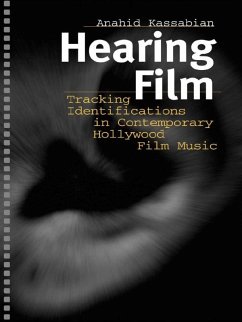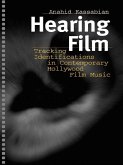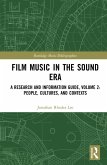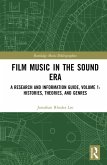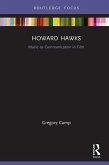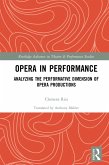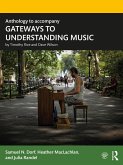Hearing Film offers the first critical examination of music in the films of the 1980s and 1990s and looks at the burgeoning role of compiled scores in the shaping of a film . In the first section, "A Woman Scored," Kassabian analyzes desire and agency in the music of such films as Dangerous Liaisons,Desert Hearts, Bagdad Café, Dirty Dancing and Thelma andLouise. In "At the Twilight's Last Scoring," she looks at gender, race, sexuality and assimilation in the music of The Hunt for Red October, Lethal Weapon 2 and IndianaJones and the Temple of Doom. And finally, in "Opening Scores," she considers how films such as Dangerous Minds,The Substitute, Mississippi Masala and Corrina, Corrina bring together several different entry points of identification through their scores.
Kassabian ensures that modern film criticism has a new chapter written through this book. Her important and long-overdue analysis is not to be ignored. Also includes eleven musical examples.
Dieser Download kann aus rechtlichen Gründen nur mit Rechnungsadresse in A, B, BG, CY, CZ, D, DK, EW, E, FIN, F, GR, HR, H, IRL, I, LT, L, LR, M, NL, PL, P, R, S, SLO, SK ausgeliefert werden.
'No longer an esoteric domain limited to a few specialists, the world of film sound tracks has finally come into its own, thanks to books like Anahid Kassabian's Hearing Film: Tracking Identifications in Contemporary Hollywood Film Music. Turning her attention from the (traditional, male, European) realm of classical Hollywood composers to the (contemporary, female, American) sphere of music supervisors and compiled scores, Kassabian brilliantly shows how contemporary film music anchors a gendered identification process. Hearing Film is not just first-rate scholarship, it's exciting reading!' - Rick Altman, University of Iowa Professor of Cinema and Comparative Literature
'No longer an esoteric domain limited to a few specialists, the world of film sound tracks has finally come into its own, thanks to books like Anahid Kassabian's Hearing Film: Tracking Identifications in Contemporary Hollywood Film Music. Turning her attention from the (traditional, male, European) realm of classical Hollywood composers to the (contemporary, female, American) sphere of music supervisors and compiled scores, Kassabian brilliantly shows how contemporary film music anchors a gendered identification process. Hearing Film is not just first-rate scholarship, it's exciting reading!' - Rick Altman, University of Iowa Professor of Cinema and Comparative Literature

